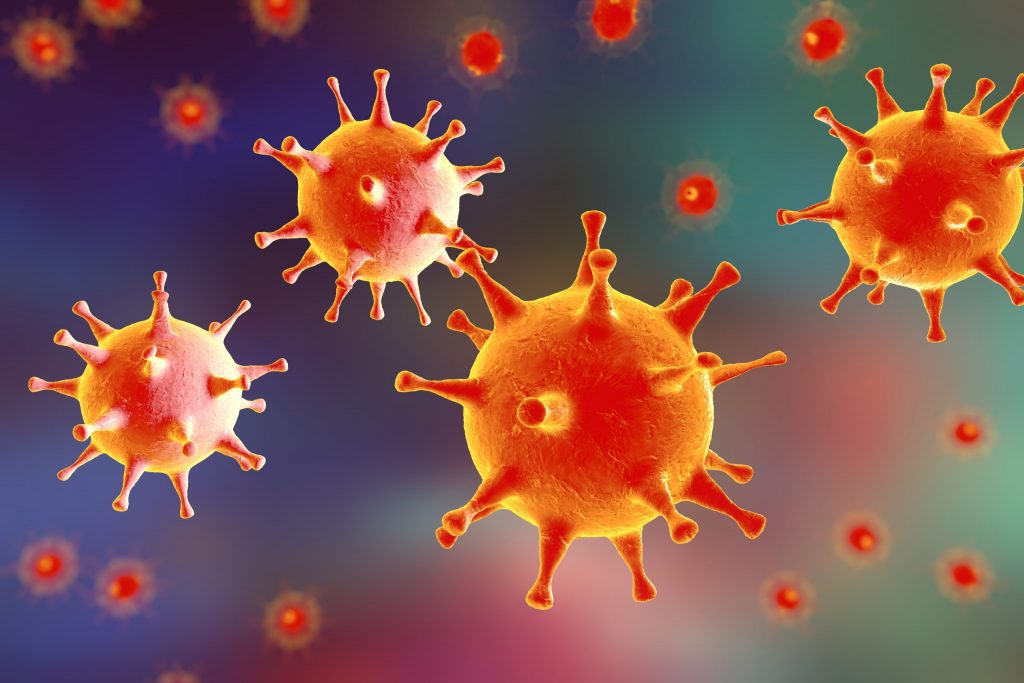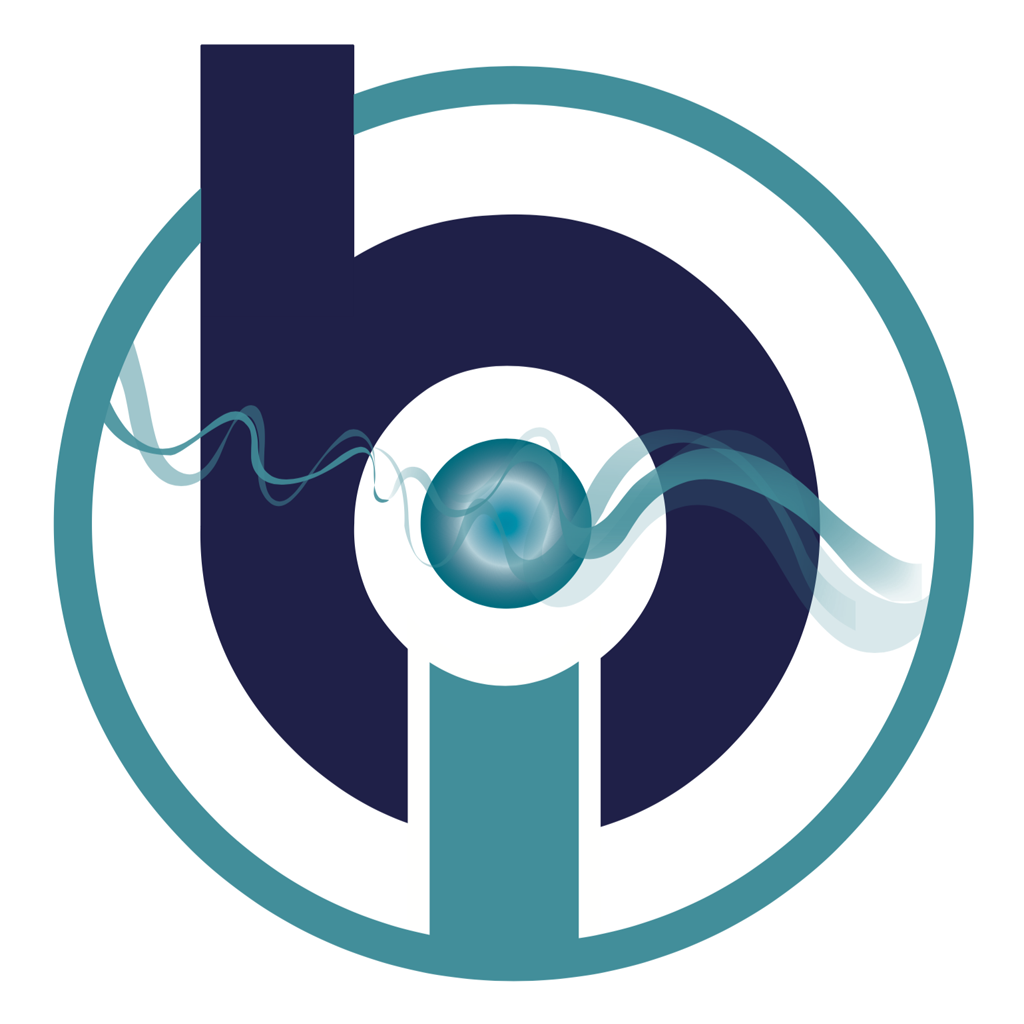Bio-Resonance Therapy for Infectious Diseases
“BICOM® bioresonance therapy has been able to help many patients with just three or four sessions. These patients then have a break from the cold sore attacks for months and sometimes years.”
Herpes simplex virus

Oral and genital herpes simplex virus
Do you know anyone with cold sores? This is sometimes called oral herpes and is an infection with the herpes simplex virus (HSV). Once the initial severe symptoms and sores heal, the virus is not completely eliminated however. HSV infections lurk in the nerve cells, lying peacefully dormant and waiting until the host organism has a sufficiently weakened immune system. This can be due to flu infection, exposure to too much sunshine, sometimes just a negative emotional state such as discussed. Then the virus becomes active once more, reproducing and tormenting its host with a fresh episode of small fluid filled blisters.
Bioresonance and herpes infection
BICOM® bioresonance therapy has been able to help many patients with just three or four sessions. These patients then have a break from the cold sore attacks for months and sometimes years. Other viruses can lead to chronic infections in the body. The herpes zoster virus causes chickenpox or shingles. Even once the scabs have healed, neuralgia often still persists. Bioresonance therapy can prevent this occurring or alleviate it after the event.
A bioresonance company in Australia has had some success preparing travelers against other pathogens like Bird Flu, Dengue, Japanese Encephalitis, Yellow Fever etc, in fact many pathogens can be used in a single tablet. The pathogenic frequencies are inverted and stored in pill form and taken during the trip.
In bioresonance we have an important therapeutic tool with which to test and treat. Our patients are the real teachers here, because they continue to present us with new challenges. This is what drives me on to look into many of the more complex topic areas in order to gain a greater understanding of the underlying issues from a pathophysiological perspective. This is why my chosen theme today is viruses.
Viruses, a ‘borrowed life’ (they cannot synthesise their own proteins and have no enzymes for energy production).
Classification
• DNA or RNA viruses
In terms of morphology, these are:
– double or single-stranded DNA or RNA viruses (e.g. ssRNA)
– enveloped or naked (CWD: cell wall- deficient microorganisms)
• Classification
– Historically based on clinical criteria. Nowadays based on factors such as their structure and the composition of the nucleic acid sequence
• Type of duplication and impact
This varies and depends on how the virus behaves within the cell, as well as the anticipated consequences.
a) Viral replication: Blocks synthesis in the host cell and ends with cell necrosis.
b) Oncogene expression: The viral genome leads to uninhibited host cell division. This form is therefore highly pathogenic, since from the outset it promotes malignant transformation.
c) Temperate infection: the viral genome is installed in the host cell genome without any initial pathological impact and is then transmitted to daughter cells. Even if this does not primarily have a pathogenic impact, there may be a subsequent oncogenic impact because apoptosis is switched off.
This form of temperate infection probably results from a slow virus infection.
Specific examples
HPV naked dsDNA (human papilloma virus)
HPV, researched by among others Nobel Prize winner Prof Dr Harald zur Hausen (2008), who previously researched EBV and described this behaviour on a number of occasions.
HPV virus groups
118 HPV types have previously been described in full. Around 30 of these almost exclusively infect the skin and mucous membrane in the anogenital region.
Genital herpes types are generally classified into two groups: low-risk and high-risk types. The classification is based on risk type: a small number of pathogens are extremely common in connection with carcinomas (carcinoma in situ of the portio and/or cervix).
The same applies to the EBV group: enveloped Herpesviridae (Lymphocryptovirus), whose nomenclature and history were described in a paper given by Dr Jurgen Hennecke at the 52nd Congress.
Varicella zoster: enveloped Herpesviridae dsDNA (varicella virus).
(Caution for naturopaths: since 2013 the Federal Law on the Prevention of Infectious
Diseases (IfSG), sec. 24 Ban on Treatment, enshrined in sec. 6 Microorganisms elevated in status by virtue of sec. 15 (= adapting the notification requirement to the epidemic situation).
Clinical symptoms and their laboratory parameters for selected case studies of each virus type presented
HPV (Human Papilloma Virus)
Human papillomavirus has almost no clinical symptoms. Normally viral infection in the genital area is identified during gynaecological screening.
There are two important laboratory diagnostic procedures which provide evidence of papilloma viruses. The pap smear (cytology test), in widespread use for a number of years, enables an assessment to be made of any neoplastic changes. In addition, there are various evidence-based procedures (e.g. Digene Hybrid Capture 2 = hc2 test) in order to determine the strain of the virus in the form of an HPV DNA test.
While there is a hpv vaccine for disease control, there is currently no specific treatment for the papilloma virus in conventional medicine. Any existing lesions generally require surgery. Local cauterisations are also carried out, although these result in a relatively high recurrence rate. Systemic or local therapies, with interferons and other cytokines, have failed to produce any major success to date.
“Although they were bitten by mosquitoes none of these patients had any infection”
Suggestions for a possible vaccine
Treatment prior to trip
Open up the elimination organs and to build up the immune system with our different programs in the Optima such as 3053,0, 570.1, 428.2, 930.3, 560.1, 561.0, 3053.0, 953.0 and 582.0, and the anti-virus and interferone ampoule from the CTT test kit.
Test ampoules viral strain and strain intercellular tissue and disturbed elimination ability from the 5 E test kit.
Test substance complexes built into BICOM® Optima.
Preparing the pills
1] Input beaker Ebola Virus mix vial. Output beaker: glass vial with new pillules
Program 978, for 5 minutes
2] Repeat step 1 with Ebola symptoms vial in input beaker
Advise patient to put one pill in a 2L bottle of water at night. Leave overnight to dissolve and next morning give it a good shake. The whole family can then drink some of that water each day. The idea is that if a patient is exposed to the virus, the body fluids already contain the antidote so the virus signal can be cancelled before the virus gets a chance to multiply. We have done the same for herpes viruses for hyperactive kids.
Dengue, Japanese Encephalitis, Yellow Fever are all in the Flavivirus family. To add more infections, repeat procedure after step 3 above. Prof Cyril Smith, a biophysicist at Salford Univ. UK, has stated in a presentation in Germany that up to 350 imprints can be made into a vial of pills in this way.
Evidence-based treatment options for EBV and HPV infections
Human Pappilloma Virus
Ms A., born 1980, employed, steady partner, would like to start a family HPV evidence:
High-risk strains pos. (HPV 16, 18, 31, 33, 52, 58) low-risk strains neg. Pap test after three months Papsmear: Group III D degree of proliferation 3-4. Pap test after three months advised This patient then presented at my practice. Naturopathic diagnosis revealed: Dark field diagnostics: Except for a slight milieu shift, slight anaemia and few active granulocytes, there was no other indication of higher valence. This control option was therefore eliminated. Testing via bioresonance: Liver stress, lymphatic drainage problems and a viral stress. Treatment was carried out using the BICOM optima® (used for the other case studies too)
1. Basic therapy: In this case: Patient with normal energy levels
2. Liver programs: retested at every session Liver detoxication 1st program 430.2 or Liver detoxication 2nd program 431.
Low deep frequency: liver detoxication 3063.0
3. Virus programs: Strain, exposure to pathogens (viruses, fungi, bacteria) 978.1 I would once again like to refer you to the work of Dr Hennecke and his wife Simone Maquinay who has discovered an additional low deep frequency for virus therapy of 5.2 Hz. This too should be included in treatment.
4. In the honeycomb (channel 2): Quentakehl, Lymphomyosot alternately with Fortakehl, Grifokehl and Nigersan
In this case six therapy sessions were held four weeks apart. At each session testing was carried out again and the programs tested were tailored to the patient’s needs.
The patient was supplied with a chip during the sessions, which was worn either near the buttocks or on the left/right lower abdomen, and she took 1 x 4 drops of Quentakehl orally each morning before eating, as well as 1 x 4 drops of Grifokehl in the evening before going to sleep.
Final check-up
Pap smears after six months and then every half-year by the gynaecologist remained at pap grade II, plus a follow-up test using bioresonance.
Epstein Barr Virus
Ms K., born 1955, currently still officially unable to work (teacher)
Symptoms: -Chronic fatigue syndrome -Dizziness Resulting in following conditions: – Autoimmune disease —> Development of type 1 diabetes mellitus, proving difficult to stabilise – Perioral dermatitis Ostensibly the patient did not present with any symptoms of fulminant disease. Everything that came to light was attributed to the diabetes.
While discussing her case history we started to talk about the EBV and its symptoms. The patient listed a number of minor symptoms which she had also mentioned to the various diabetologists treating her and for which she was always given the reassurance that ‘once we have managed to control your diabetes, which is proving difficult to stabilise, then…’ Since the patient had brought a number of different lab results with her, I first of all attempted to gain a clear understanding of the situation to see whether this would perhaps provide any confirmation.
As we all know, viral stresses, as we see them in bioresonance, do not always conform with titre test results. (Caution: this is why we all too frequently overlook them!) Particularly noticeable were: Leukopenia, which worsened in proportion to any deterioration in blood sugar levels. HbA1 c lab test results became progressively worse over the course of a year, rising from an initial 7.2% to 9.0%.
In addition to this, despite intensive insulin adjustment and readjustment, severe hypoglycaemia or even hyperglycaemia occurred every day, occasionally resulting in loss of consciousness and associated falls. Retinopathy also developed rapidly as well as nephropathy, expressed in a change in retention values (fall in GFR and higher creatinine values). As part of the initial case history I carried out various bioresonance tests using the tensor and noticed during the priority test that the entry portal for an improvement in type I diabetes would only be reached by reducing the viral stress.
The dark field diagnosis provided further confirmation when considering the monocytes and the change in them, as well as the stressed lymphocytes and an almost complete lack of symprotits (CRP value in conventional medicine).
Treatment 1. Basic therapy: exhausted patient
2. Elimination programs: Renal function impairment: 481.0 or 481.2 Liver detoxication 1st program 430.2 or Liver detoxication 2nd program 431.3 Low deep frequency: liver detoxication 3063.0
3. Virus programs: Strain, exposure to pathogens (viruses, fungi, bacteria) 978.1 alternately with 996.0
4. In the honeycomb (channel 2): Quentakehl and Grifokehl, Syzygium jambolanum
Final check-up
After six sessions held four weeks apart (treated in each case in the intervening period with a chip), the patient claims to be feeling well. Leukopenia laboratory values have returned to the normal range with HbA1 c standing at 6.9%, and no extreme fluctuations within a 24-hour period. Retention values are improving continually. The most recent retinoscopy also showed a clear improvement. On the issue of further treatment of autoimmune diseases I look forward to the presentation following mine.


